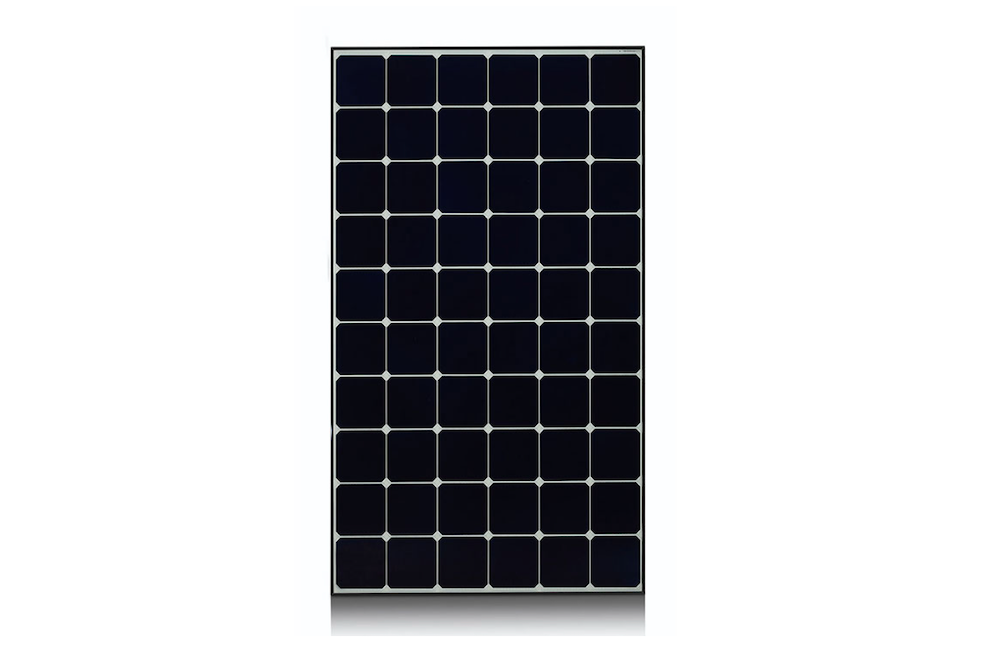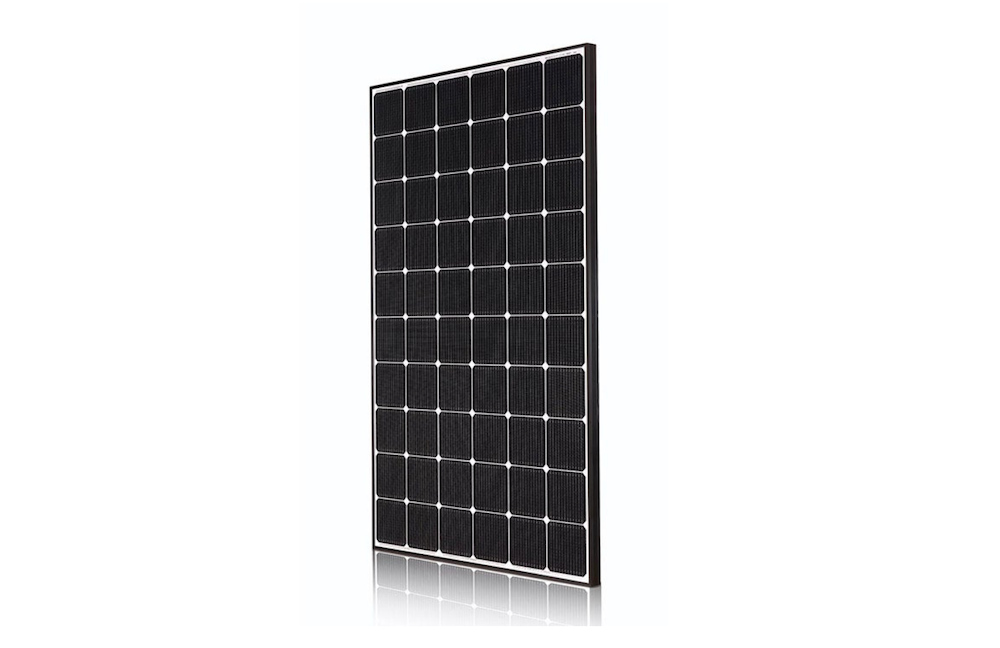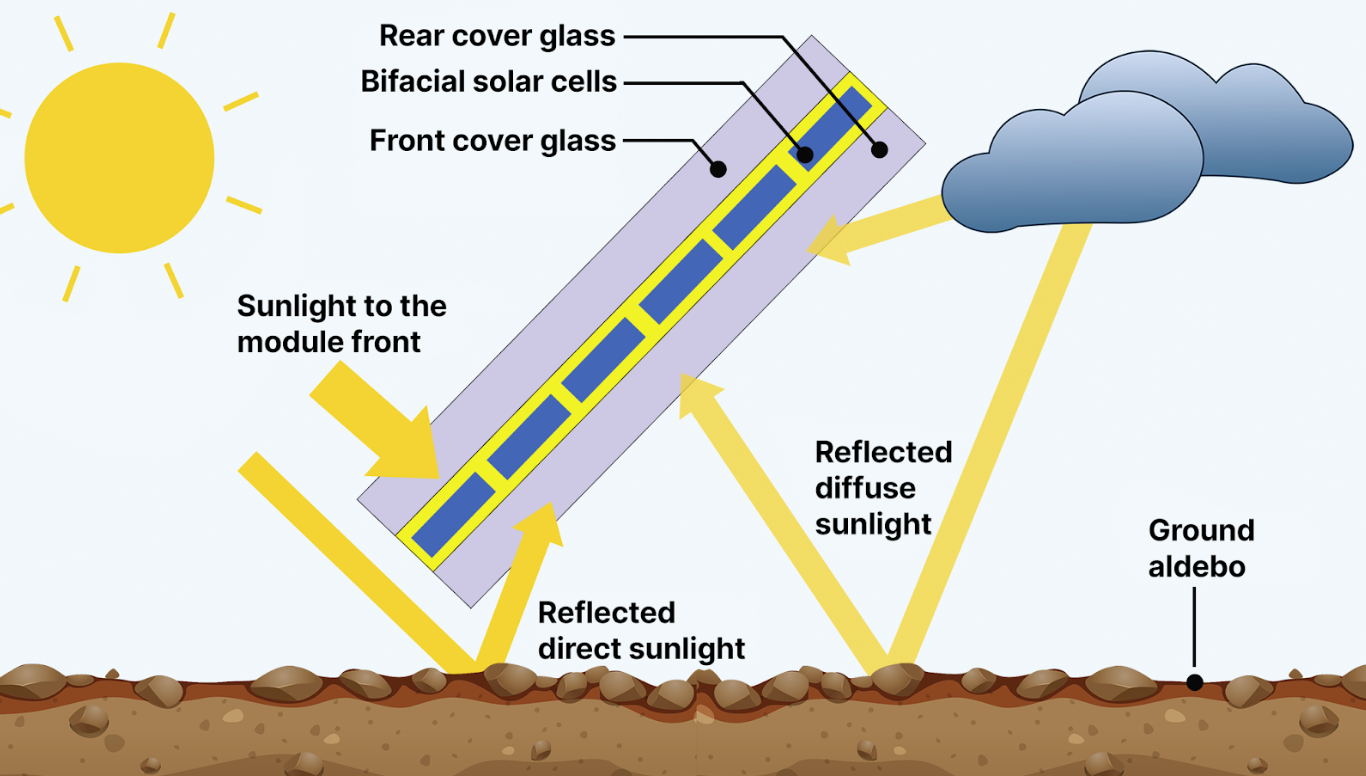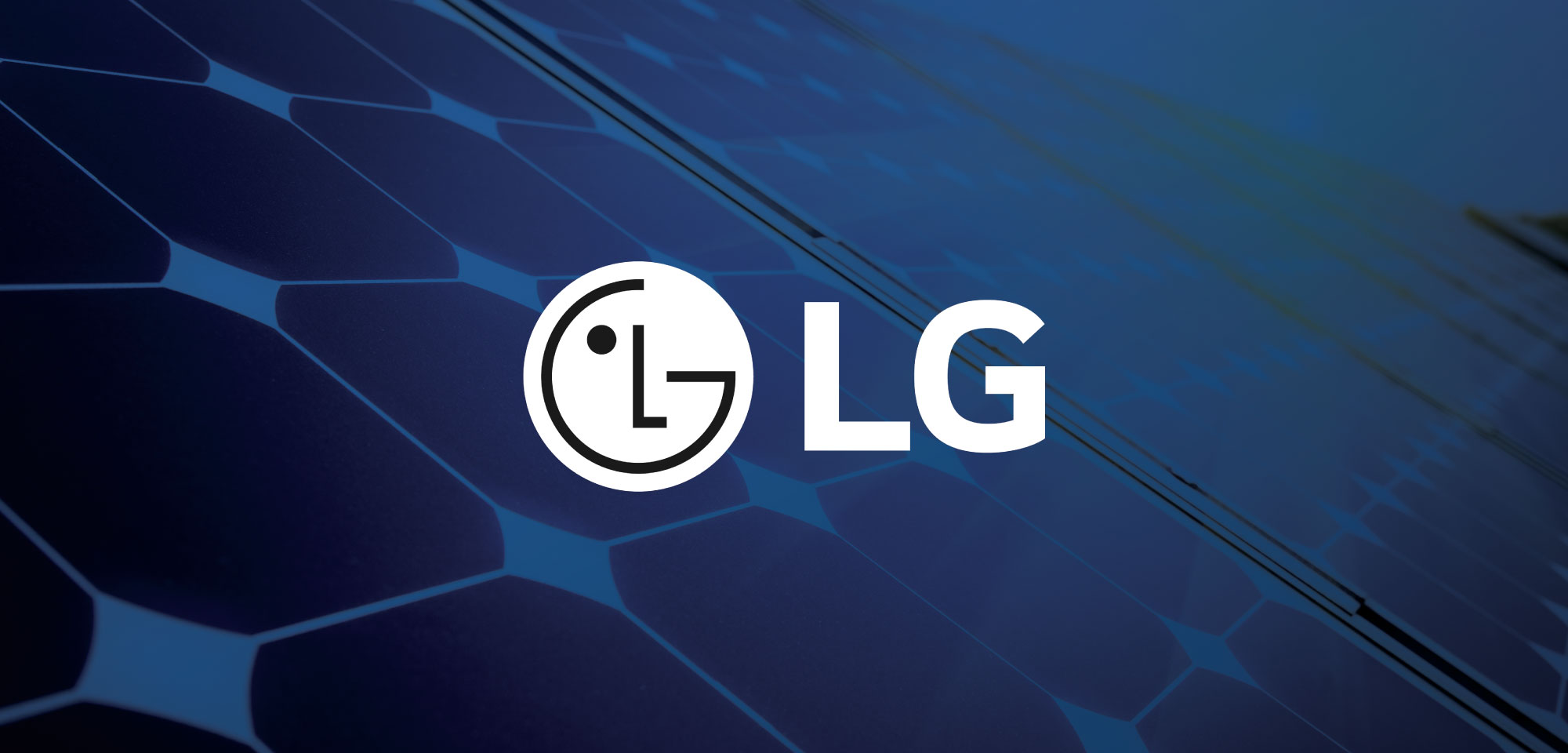Updated 3 months ago
Review of LG solar panels
Written by Ben Zientara Ben ZientaraBen Zientara is a writer, researcher, and solar policy analyst who has written about the residential solar industry, the electric grid, and state util...Learn more

Why you can trust SolarReviews
SolarReviews is the leading American website for solar panel reviews and solar panel installation companies. Our industry experts have a combined three decades of solar experience and maintain editorial independence for their reviews. No company can pay to alter the reviews or review scores shown on our site. Learn more about SolarReviews and how we make money.
Formerly known as Goldstar, LG Electronics Group is a highly regarded consumer electronics producer, based in South Korea with branches in the United States. In addition to electronics, LG is well-known for its home batteries and solar panels. Unfortunately, the company announced it would cease manufacturing solar panels as of the summer of 2022.
Before the announcement, LG solar products were some of the most highly regarded solar panels by solar professionals. They are still very nearly the most efficient solar panels available, and offer excellent warranty coverage from one of the world’s largest electronics companies.
To be clear, most LG solar products are no longer available to solar installers, and therefore the information below is for historical purposes only. If you have a solar installation using LG panels, you should know that LG has promised to honor the warranty and is keeping panels in storage in case it needs to replace any under warranty in the future.
Key takeaways
LG ceased manufacturing solar panels in 2022 due to supply chain constraints and logistics costs, but its products remain available for sale to homeowners, and LG promises to honor its warranties.
LG solar panels offer some of the highest conversion efficiencies in the world, and offer great warranties and performance compared to other solar panel brands.
The company’s NeON R and NeON 2 models are its most popular options, with multiple options for size and conversion efficiency.
LG’s NeON H bifacial modules have the ability to absorb sunlight from both above and underneath the solar panel, and are best used on commercial rooftops and carports.
Where do LG solar panels rank in terms of efficiency?
One of the best ways to determine a high-quality solar panel is to look at its efficiency, meaning the amount of sunlight that hits the panel that can then be converted into solar power. Modern solar panel models range from 16% to 22.8% efficient.
LG has been a consistent market leader in solar panel efficiency. The highest-efficiency models currently available are the NeON® R series panels with panels ranging in efficiency from 21.8% to 22.3%. Considering that the most efficient solar panels come in at 22.8% efficiency, LG’s offerings are near the best available.
Pros and cons of LG solar panels
Pros | Cons |
|---|---|
High efficiency | High cost |
Excellent performance | LG has ceased production |
Impressive warranties |
|
Great company reputation |
|
Advantages of LG solar panels
Aside from superior module efficiency, LG stands out from competitors in several ways.
LG offers impressive warranties, with a 25-year product and power warranty, a guaranteed power output of over 90% after 25 years, and an annual decline in power output of between 0.3% and 0.35%, depending on the model. That’s far better than the average industry warranty of around 0.5% output loss per year.
Another important specification is temperature coefficient, and while it might sound like some complicated math is coming your way, it’s actually pretty simple. Solar panels operate best at 25° Celsius (77.1° F). So, for every degree Celsius above 25, a solar panel’s maximum output decreases by a small percentage. That's the temperature coefficient, and it’s about 0.5% for most solar panels. For LG solar panels, it’s about 0.26%, so twice as good.
All LG PV modules use monocrystalline solar cells, offering excellent module efficiency and power output. Higher wattage panels take up less area on a roof per watt of generation, allowing smaller roofs to provide more power.
Additionally, the company’s reputation and years of experience in electronics technology is important to consider. Since LG is a well-known and respected brand, you can expect their warranties to be honored well into the future.
The advantages of LG’s products, paired with its corporate reputation, led us to rank them the #1 brand on our 2021 solar panel manufacturer rankings (before they announced they would end their solar manufacturing business):
Disadvantages of LG solar panels
The major disadvantage of LG solar panels is their high costs.
They are expensive, with pricing ranging from $300 to over $500 per panel, because of their excellent efficiency, high wattage, aesthetically appealing looks, and competitive warranties.
LG is one of the most expensive solar panels at wholesale cost, but their solar system retail level costs can be lower than SunPower. Working with a solar installer can help homeowners determine if LG panels make sense for their home.
Of course, the second disadvantage is that LG is no longer making solar panels. But that isn’t as much of a problem as you might think. Studies have shown that only about 5 out of every 10,000 solar panels (0.05%) will experience a failure at some point in their 25-year service life. With an average solar installation size of 16 panels (about 6 kilowatts), only 1 in 125 home solar installation owners will ever experience a failure of a single panel.
In the event of such a failure, LG promises to replace a defective panel with new-old-stock that it’s maintaining for these occurrences, or offer the owner a prorated refund. Coming from one of the largest consumer electronics companies in the world, that’s a deal worth considering.
LG solar panel product lines
The best-selling and best-quality LG solar panels are the NeON R and NeON 2 models. Here's what you can expect when you purchase these solar products:
High Efficiency LG NeON® R modules

The 405W LG405Q1C-A6 offers the highest efficiency of any LG solar panel, at 22.3%. Image source: LG
Designed for high power output, the NeON R series is a great option for ensuring maximum power output in a small space. In addition to appearance, it’s clear that aesthetic appearance and durability was considered in the design, as these panels offer a sleek, modern look.
Currently available NeON R solar panels come in sizes that include 60 or 66 solar cells, are between 21.8% and 22.3% efficient, and can output between 395 and 440 watts. The module shown above is the 60-cell, 22.3% efficient LG405Q1C-A6, which has an output of 405 watts STC.
For homeowners who want an all-black panel, LG offers the NeON R Prime series with black backsheets. However, as with any all-black solar panel, the backsheet reduces efficiency by causing higher cell temperatures at lower ambient temperatures.
NeON® 2 Solar modules

The 365W LG365N1C-A6 incorporates LG Cello solar cell technology. Image source: LG
The NeON 2 model is designed for excellent performance with Cello technology. Cello technology offers better performance with improved light absorption and reduced electrical loss - two things that can increase the performance of your panel.
In addition to the typical 25-year product warranty, up to $450 in labor costs will be covered if a panel needs to be repaired or replaced over those 25 years.
LG bifacial solar module technology
In addition to traditional single-sided solar panels, LG manufactured bifacial solar modules. The company’s NeON H commercial product line includes bifacial modules with transparent backsheets that allow the solar cells to capture light on the top and bottom of the cells.
Here’s a diagram showing how a bifacial solar module captures direct and reflected sunlight:

Bifacial solar panels can capture sunlight from multiple angles, making them extra efficient.
The ideal use for bifacial solar panels is in a ground or rack-mounted installation over a surface that reflects light like a white TPO commercial rooftop or parking lot. However, bifacial solar panels do not make the most sense on home roofs because they are installed only a few inches above the roof surface, leaving no room for reflected sunlight to bounce up to the bottom of the panel.
Ben Zientara is a writer, researcher, and solar policy analyst who has written about the residential solar industry, the electric grid, and state utility policy since 2013. His early work included leading the team that produced the annual State Solar Power Rankings Report for the Solar Power Rocks website from 2015 to 2020. The rankings were utilized and referenced by a diverse mix of policymakers, advocacy groups, and media including The Center...
Learn more about Ben Zientara